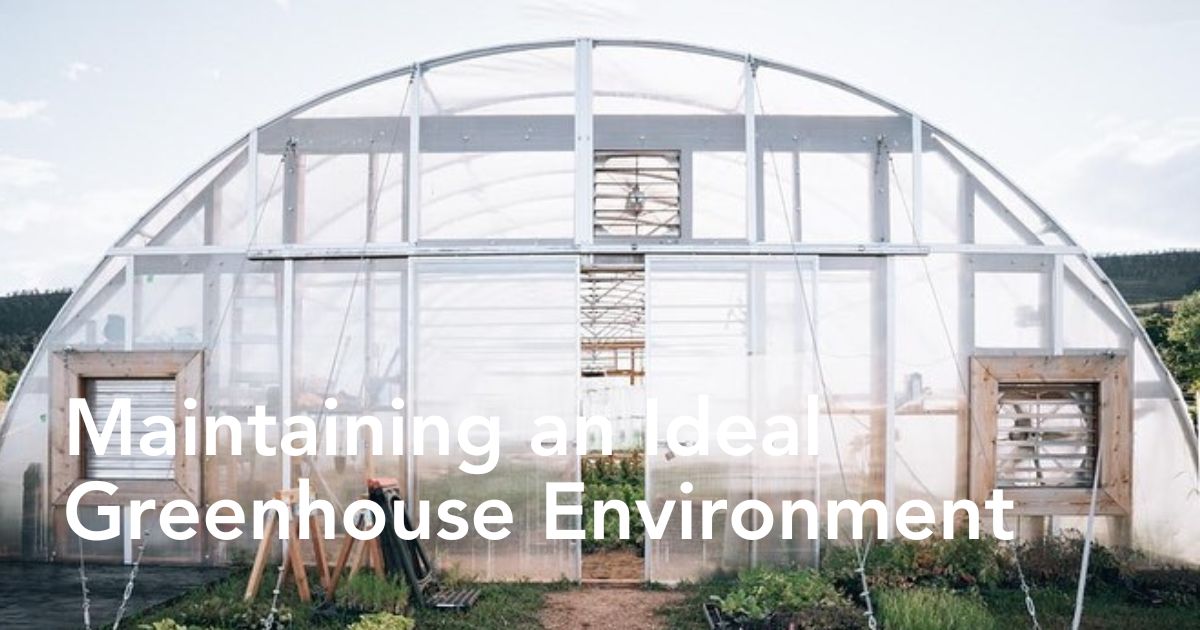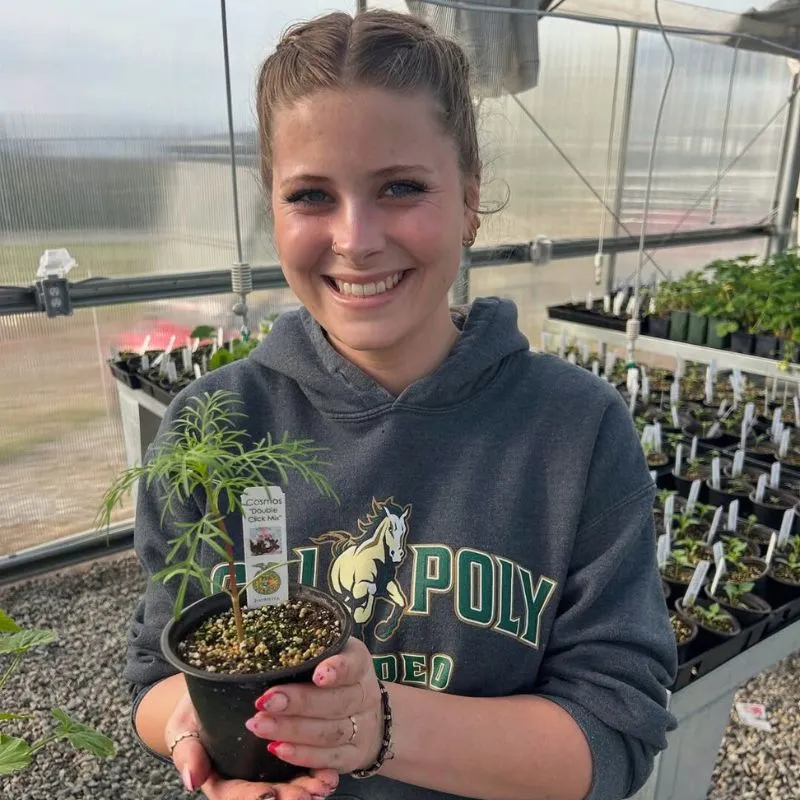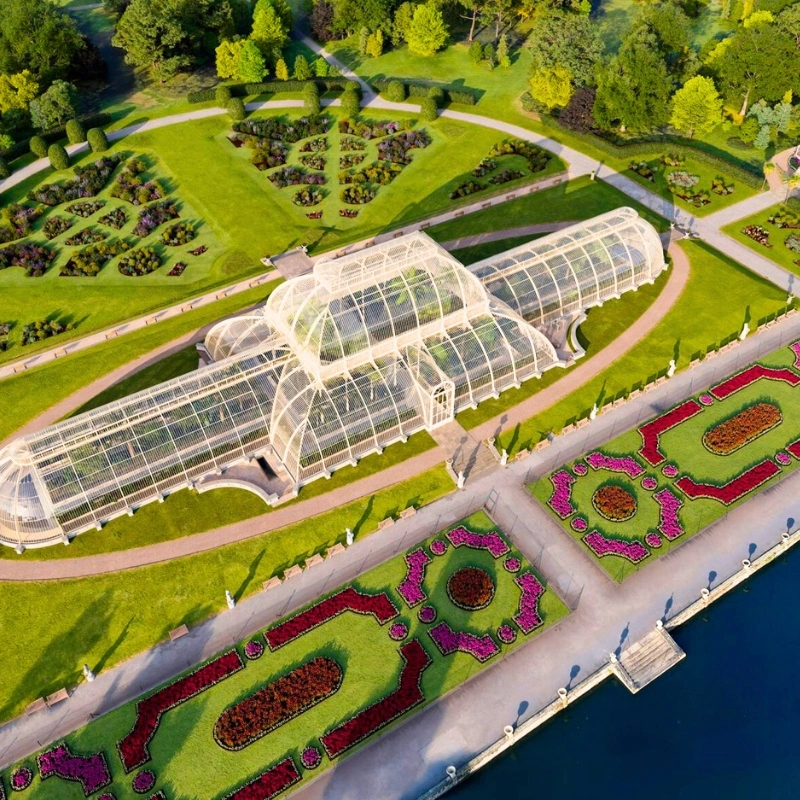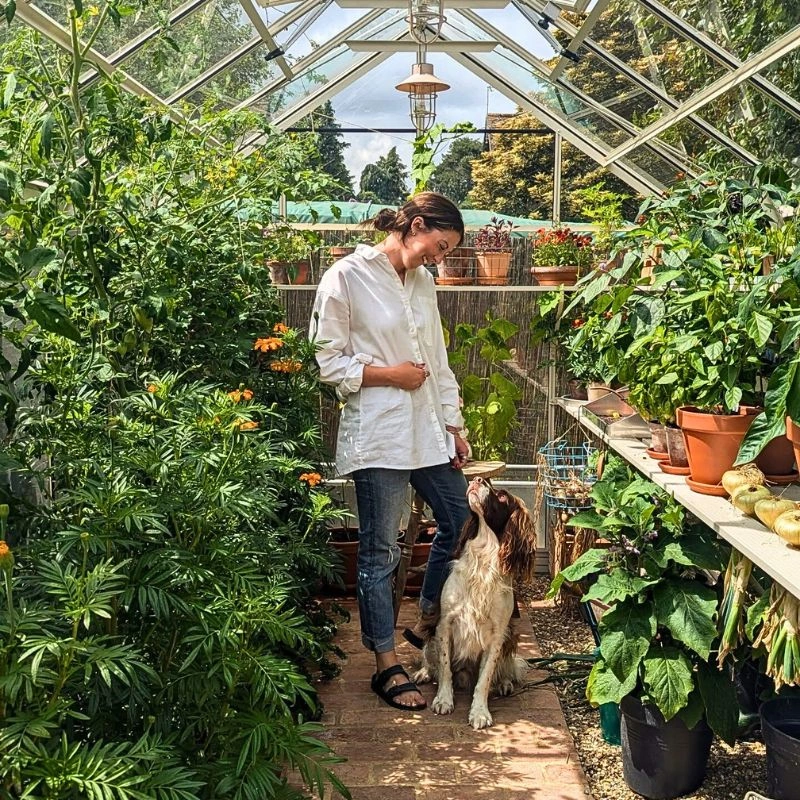Dependable heating and cooling systems are essential to achieving ideal greenhouse temperatures. A proper system will help distribute heat evenly, equalize air temperatures with their outside surroundings, and minimize stratification within the greenhouse itself.
Annual maintenance for heater pipes should include cleaning and efficiency testing since even an increase of just 2% in efficiency can save a considerable amount in energy costs. before moving forward you can read our article on Greenhouse Business: Best Strategies for Plant and Flower Business

Why Temperature and Humidity Control is Crucial for Greenhouse Gardening
Greenhouses require both ventilation and heating in order to maintain an even temperature range. Ventilation allows for the exchange of moist greenhouse air with dry outdoor air, naturally decreasing humidity levels; heating on the other hand increases humidity by raising warm air's capacity to carry moisture.
Maintaining an ideal greenhouse environment involves striking a balance between these systems for plants' well-being. Evaporative cooling and fan-powered ventilation may help create such an environment.
Evaporative cooling uses latent heat energy present in water to efficiently cool the air, using fans and porous pads installed at one end of a greenhouse to draw air through. The cooled water then absorbs the surrounding heat, and greenhouse temperatures drop accordingly. Misting and fogging systems utilize similar technology by spraying mist into the air that evaporates away heat through water evaporation - these systems work best in climates without extreme seasonal variations in humidity levels.
Types of Greenhouse Heating Systems
Greenhouses use various heating systems, with their selection depending on the crops being grown, the desired quality level, and the layout of the greenhouse.
Central heating systems produce hot water or steam that is distributed through an intricate network of pipes to greenhouses. These pipes typically consist of cast iron, aluminum, or copper materials. Due to steam's lower specific heat energy content, fewer linear feet (pipes) may be necessary in order to distribute equivalent amounts of warmth than when using hot water alone.
Wood pellets offer another alternative to hot water-based heating; these renewable natural resources are relatively cost-effective if sourced reliably and used as radiant heaters. Their use requires a large storage area with adequate handling equipment available in order to be effective.
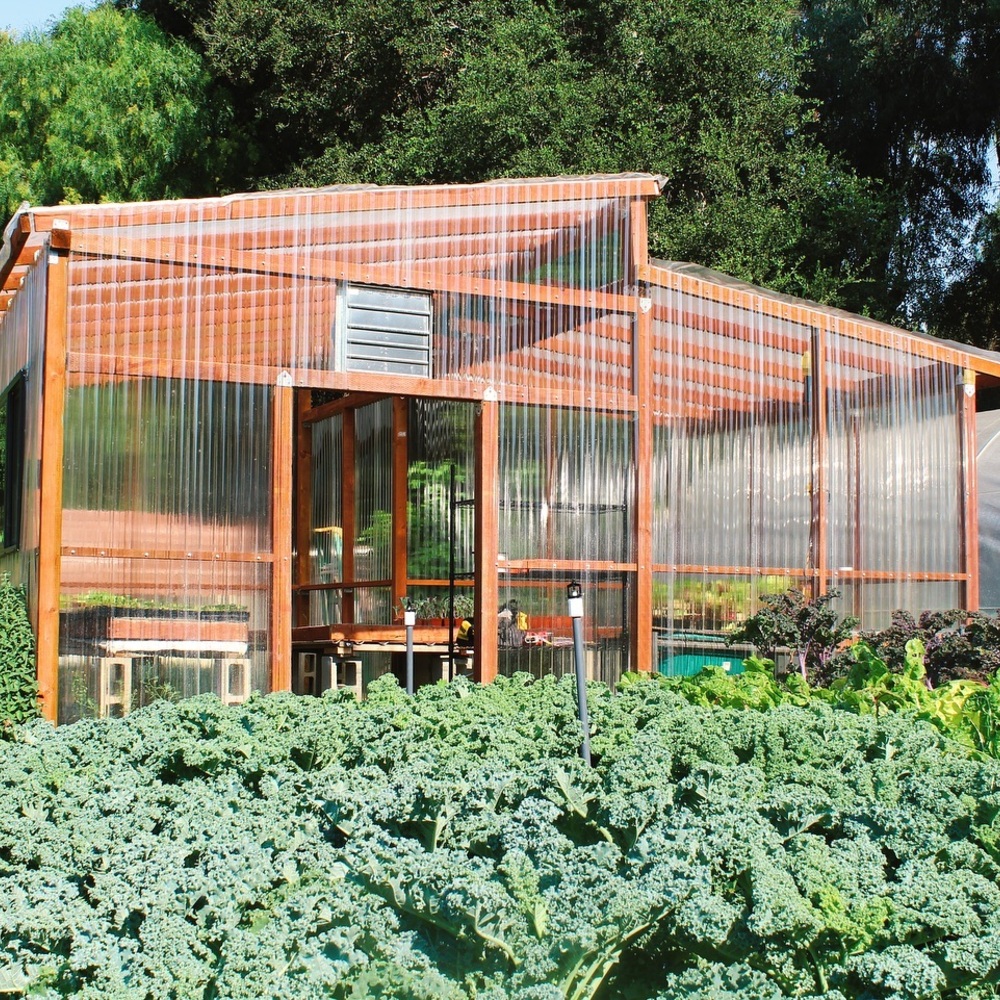
Greenhouse Cooling Systems: Options and Considerations
There are various greenhouse cooling systems on the market, each offering its own set of advantages and drawbacks. Fan and pad, fogging systems, or evaporative sleeve systems are some of the more popular cooling options; exhaust fans pull hot air from inside greenhouses before cooling it through water-soaked pads or fogging systems - helping significantly to lower greenhouse temperatures while increasing humidity for plant growth.
Other greenhouse cooling systems may include vents, shading material, and climate control systems that work in concert to provide balanced ventilation setups. Grouping fans together and turning them on in groups will save energy costs and prevent plants from overcooling.
Heating and ventilation needs for greenhouses depend on several factors, including location, size, and direction of summer winds. Many greenhouse owners have begun opting for electric heat pumps instead of boilers and unit heaters as these reversible systems can withdraw heat when temperatures dip while returning it when temperatures heat up again.
Energy Efficiency in Greenhouse Heating and Cooling
Energy use іn greenhouses is a significant cost, and there are various strategies available to reduce it. Root-zone heating may help by warming soil and plants from beneath so as not to overheat the air above, while replacing old equipment with more energy-efficient alternatives, such as replacement windows in Barrie, can improve boiler оr steam efficiency, reduce costs and maintenance expenses, as well as increasing boiler оr steam efficiency and decreasing energy costs.
Buffer tanks can help reduce energy costs by storing hot or cold water for later use and avoiding frequent cycling of the system. These tanks may be located away from greenhouses to minimize heat loss or strategically placed within them to heat or cool adjacent areas of the building.
Earth tubes are an efficient heating solution, helping save energy by drawing air back underground where its higher temperature heats it back up again, thus keeping greenhouses dry for efficient cooling. Recirculated air also keeps greenhouses dry - something earth tubes do very well.
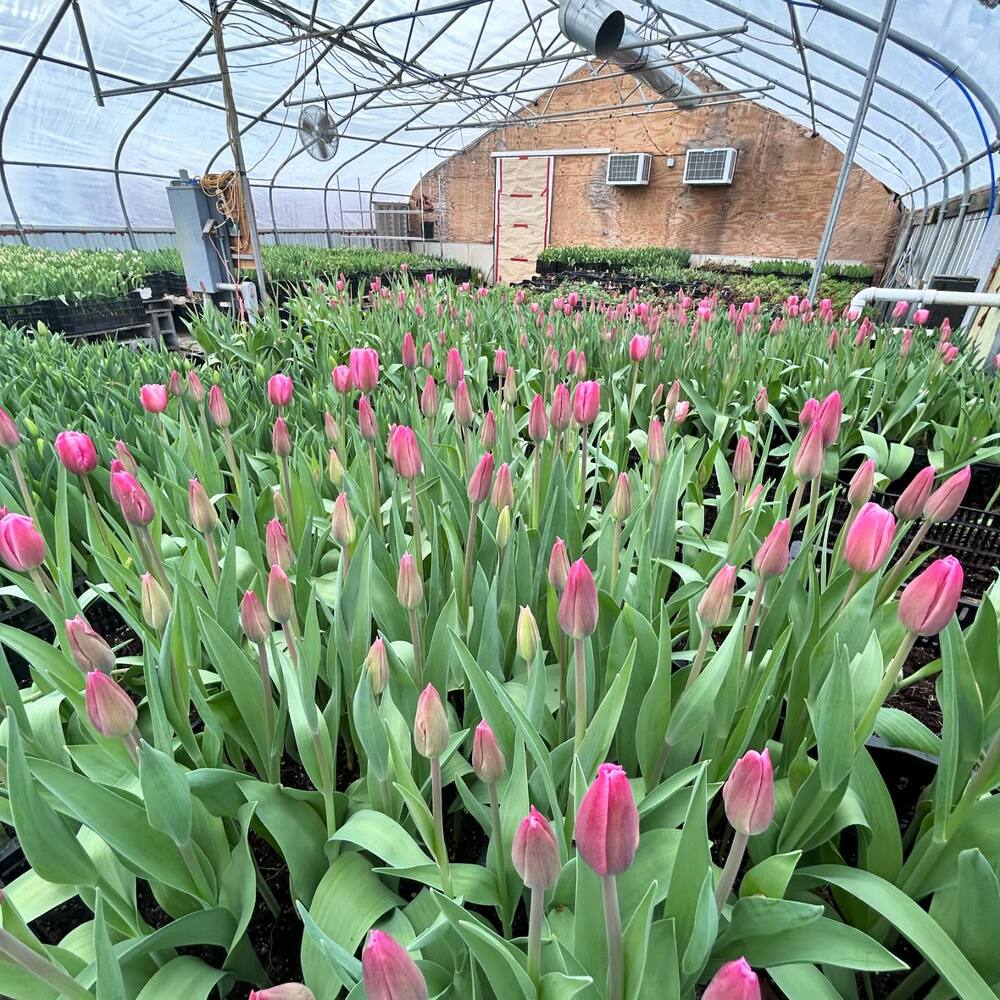
Choosing the Right System for Your Greenhouse
As it pertains to greenhouse heating systems, there are various options to choose from. Gas-powered heaters use either propane, natural gas, or steam to warm the greenhouse air and can be less costly to run compared with other options; however, they do need a reliable fuel source in order to work effectively.
Your choice of heating system should depend on both your geographic location and climate conditions in your area, including factors like trees and mountains that could cast shadows across different parts of the greenhouse, wind which reduces light transmission and siphons heat away, snow or rain which alter heat patterns and
Traditional greenhouses rely on fans and vents for cooling purposes, while more advanced options such as evaporative coolers use the process of evaporation to cool air, misting systems, air conditioners, and thermostats are essential components in greenhouse control systems, with mechanical thermostats offering high/low-temperature switches or transistorized versions operating more precisely. Thermostats should also be placed inside growing areas to provide accurate temperature measurement; thermostats come equipped with both high/low switches as well as transistorized versions which provide precise temperature readings.
Maintaining Your Greenhouse Heating and Cooling System
Proper maintenance of any greenhouse heating system is paramount for optimizing efficiency. Closing air leaks and regularly calibrating the thermostats to get an accurate reading are paramount.
Ventilation systems that recirculate internal greenhouse air and remove excess moisture through air exchanges are key to managing relative humidity levels in greenhouses. Cool air tends to hold less moisture than warm air; on a particularly hot summer day, though, internal air can accumulate moisture until the water reaches the dew point, thus decreasing heat transmission and solar radiation transmission.
Forced-air ventilation systems can be an efficient solution for cooling greenhouses in mildly humid environments. They're more cost-effective than misting equipment on evaporative fog coolers that spread disease and pathogens around. Fans and pad evaporative cooling systems must also be regularly maintained so their pads remain clear of contamination such as salt water, sand, or erosion-causing substances that accumulate over time.

